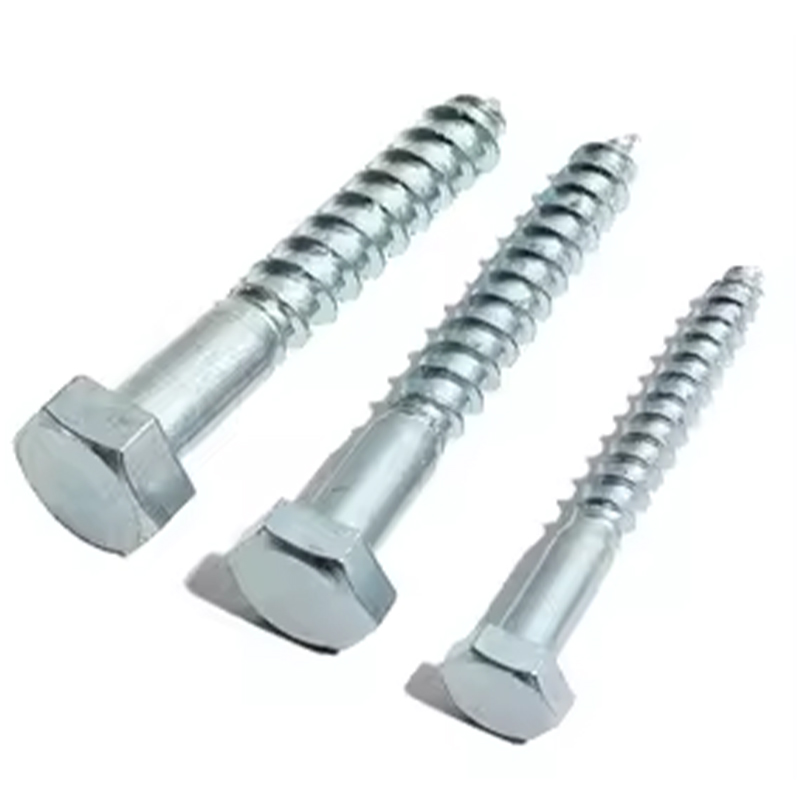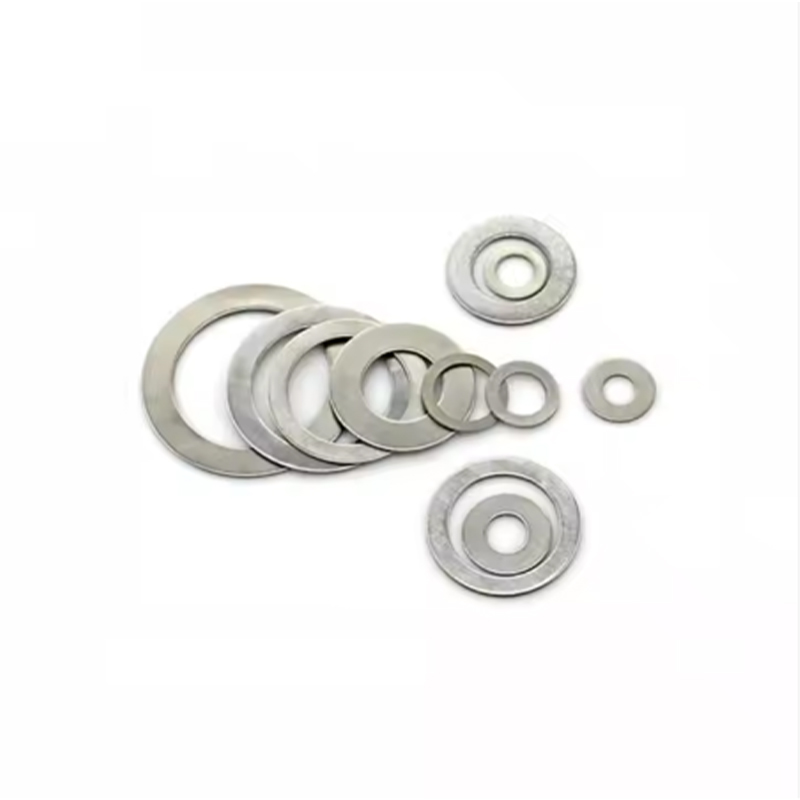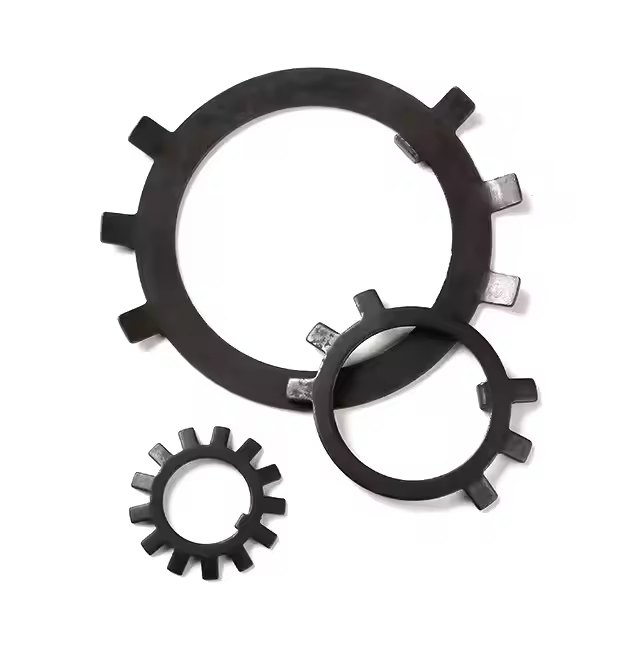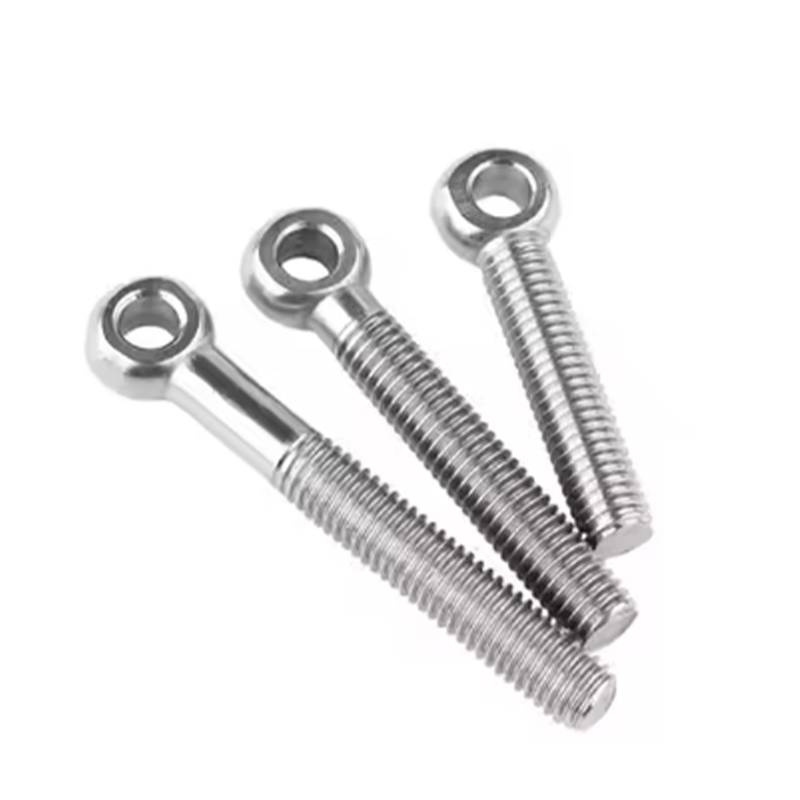

This guide provides comprehensive information on selecting and using self-tapping screws for wood projects. We cover various types, sizes, materials, and application tips to help you choose the right self tapping bolts for wood for your needs. Learn how to avoid common mistakes and achieve professional-looking results.
Self tapping bolts for wood come in various types, each designed for specific applications. Common types include:
The size of the self tapping bolts for wood is crucial. Consider the thickness of the wood, the type of wood (hardwoods require larger screws), and the load the screw will need to bear. Common sizes are expressed in length and gauge (diameter). Materials commonly include steel (often zinc-plated for corrosion resistance), stainless steel (for outdoor use), and brass (for decorative applications).
| Screw Type | Material | Application |
|---|---|---|
| Wood Screw | Zinc-plated Steel | General woodworking |
| Wood Screw | Stainless Steel | Outdoor projects |
| Sheet Metal Screw | Steel | Thin wood, metal-to-wood joining (use cautiously) |
Pre-drilling a pilot hole is often recommended, especially for hardwoods or thicker materials. This prevents the wood from splitting and ensures a cleaner finish. The pilot hole should be slightly smaller than the shank diameter of the self tapping bolts for wood.
Use a screwdriver or drill with the appropriate size bit to drive the screw straight and evenly. Avoid applying excessive force, which can strip the screw head or damage the wood.
Using the correct screwdriver or drill bit is essential to prevent cam-out (where the screwdriver slips out of the screw head). Philips, flathead, and Torx head screws require matching bits.
You can purchase self tapping bolts for wood from various sources, including hardware stores (both online and brick-and-mortar), home improvement centers, and online retailers like Amazon. For high-quality and reliable self tapping bolts for wood, consider checking out Hebei Muyi Import&Export Trading Co.,Ltd. They offer a wide selection to meet your project requirements.
Remember to always prioritize safety when working with tools and materials. Consult a professional if you have any doubts about a project's complexity.













Please enter your email address and we will reply to your email.